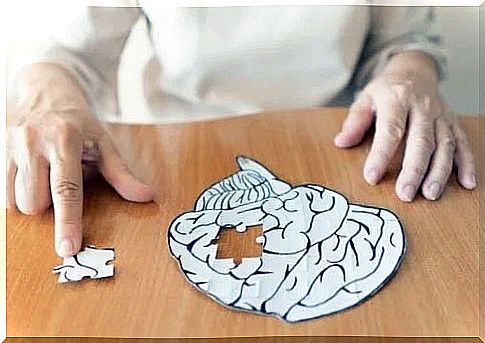What Is Psychoanalysis? How Does It Work?

What is psychoanalysis? Psychoanalysis is the main historical precedent of psychology. In fact, we often hear these types of references in everyday life.
Often, people naturally use terms such as “unconscious,” “repression,” or “mental decline.” All these words come from the theory of psychoanalysis. In today’s article, we will analyze psychoanalysis to understand what it is and how it works.
It all starts with Sigmund Freud.
What is psychoanalysis?
According to psychoanalytic theory, the behavior of human beings is the product of a series of psychological interactions at different levels of consciousness: unconscious, preconscious and conscious. Freud enjoyed enormous recognition for creating the theory of psychoanalysis.
Over time, psychoanalytic concepts began to be questioned, as psychology took a much more scientific and less philosophical direction. Currently, psychoanalysis can be defined as a theory to understand the functioning of the human mind from an unconscious point of view.
Indeed, psychology has separated itself from psychoanalytic theory. However, many of the concepts of psychoanalysis are included in psychological language and may illustrate some of the phenomena of human thinking.
Psychoanalytic theory represents the origins of modern psychology – especially in the field of psychotherapy. Many psychologists use psychoanalysis as therapy and even train as psychoanalytic therapists.

How does psychoanalysis work?
The word is the main resource of psychoanalytic therapy. The dialogue helps patients by dealing with situations from their past in continuous weekly sessions.
Childhood is one of the most discussed stages during psychoanalytic sessions. In addition, the main idea is to access certain information (which people repress in the unconscious mind). This is how the patient can adapt in the past the experiences of the past in order to react better in the present.
According to Freud, there are three cases in the psychic apparatus: the “id,” the “ego,” and the “super-ego.” Id represents the innate desires of people, the super-ego is the product of the individual’s relationship with his environment. There must be a balance between desire and coexistence. The ego is the conscious court.
Psychoanalysis is a long-term therapeutic process that can take years. Some believe that the time it takes to get results is counterproductive. In fact, critics of the theory argue that it makes no sense to subject a person to such a long process of retrospect.
Fundamental principles of psychoanalysis
Every psychoanalyst should be able to treat his patient according to his individual needs. Therefore, the styles of therapeutic approach will depend, to a large extent, on the professional who directs the process.
However, there are some fundamental principles that we must not overlook. Here are some guidelines to better understand what psychoanalysis is and how it works:
- P
In psychoanalytic theory, there is also the concept of impulses and tendencies. Impulses represent those intense and uncontrollable desires of people. These are the things you can’t help but think about.
Trends and impulses are visceral and demand to be satisfied. In contrast, conscious thoughts are all the social norms and moral information that each subject possesses and interprets in a logical way. Conscious thoughts prevent people from satisfying their needs in inappropriate ways.
What is the purpose of psychoanalytic therapy?
The psychoanalytic process helps to understand one’s personality. Therapies work quite well for people with intense and recurring emotional distress. They help them understand the exact causes of their problems.
The patient finds relief when he discovers the source of the discomfort. The effect of dissipating uncertainty is healing. However, the psychoanalytic process is not recommended for those who need a quick solution to a particular conflict.
As mentioned above, the theory created by Sigmund Freud focuses on the unconscious sides of the personality (those that are not easy to access in the short and medium term). Defense mechanisms are the main disadvantages of fast results.
Freud established that a number of psychological phenomena took place in the mind to protect the subject when he began to face certain uncomfortable realities. Paradoxically, the defense mechanisms of the unconscious have a detrimental effect because they prevent access to reality.

Criticisms of the theory
Throughout history, psychoanalytic theory has been harshly criticized because many of its postulates have not proved effective. Going back to childhood to resolve a conflict now works for some patients, but not for everyone.
As you can see, psychoanalysis has come to be considered an anecdotal treatment resource. However, in the world of psychological jargon, the words and terms derived from this theory have remained symbolically valid.









